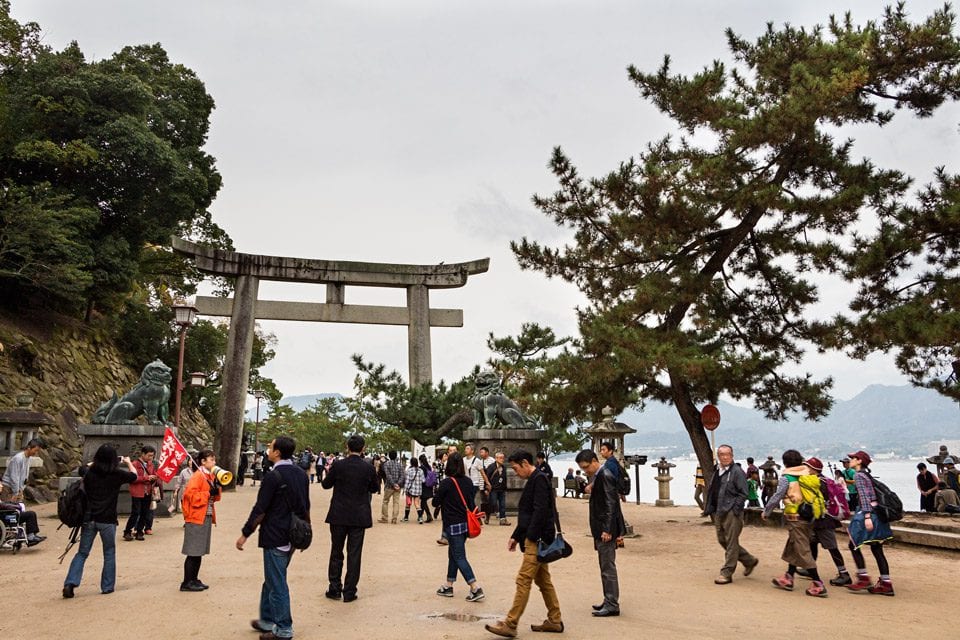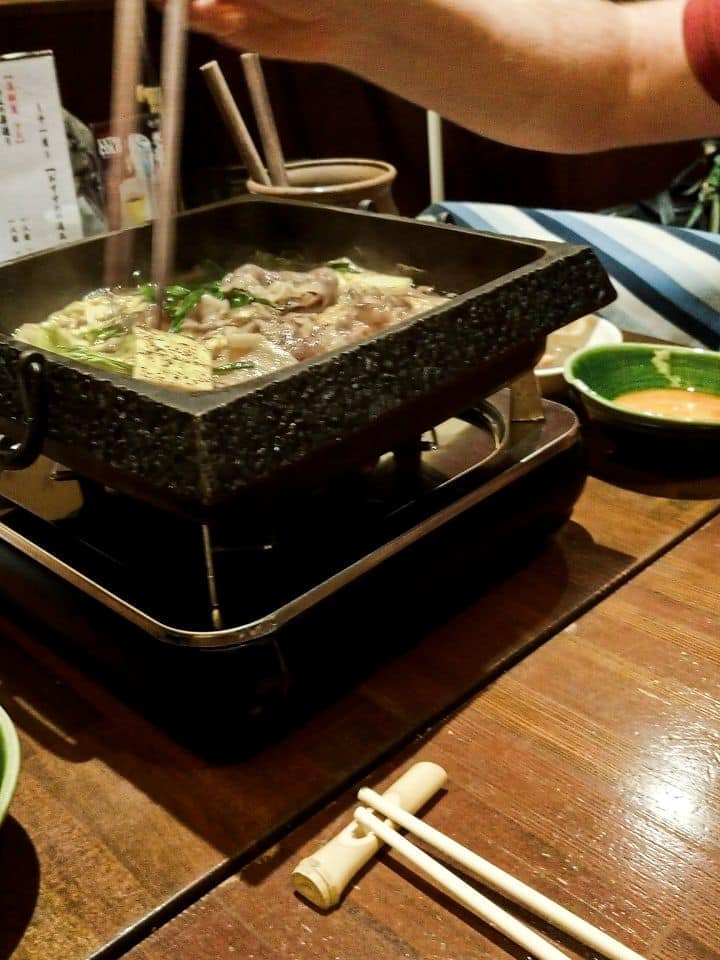How to dress in Japan as a Tourist: 9 Rules not to offend anyone
Well, in a word you should dress conservatively while in Japan, or at least smart casual. But there are many other rules you should follow while being in Japan. So sit down, and get ready for our article about how to dress in Japan as a tourist.
Of course, as a tourist, you will not be held to the same standards as locals, but still, it’s better not to offend anyone, right?

9 Basic rules about how to dress in Japan as a Tourist
When you’re packing for Japan, it’s important to know what to wear to fit in comfortably and respectfully.
This guide breaks down nine essential rules for dressing appropriately in Japan, helping you avoid any fashion faux pas and enjoy your travels with confidence.
1) Cover up
In general, you will not see Japanese women exposing their shoulders or cleavage.
It’s generally ok to wear booty shorts, but do not have a spaghetti-strap t-shirt in your Japan packing list. It’s considered underwear there.
A simple t-shirt, long-sleeve shirt, or sweater is the best bet. Don’t forget to pack a jacket as well, though, as it tends to get chilly in the evenings, even in the summer.
2) No tattoos
I’ve mentioned it in other articles already, but tattoos in Japan are associated with Yakuza (mafia) and are actually not allowed in many establishments. Most notably, in onsens – even big expensive chain hotels that have onsen might deny you entry to their hot spring baths if you have a tattoo. And no, covering it up in an onsen is not an option, neither with makeup, nor clothing or Band-Aids.
And it’s not just onsen, but other swimming areas and even nightclubs that don’t allow tattoos.
So, make sure to find out in advance what are the rules regarding tattoos in the places you want to visit if you have some art on your body to not have your travel plans disturbed.
But don’t get too scared! There are many places, including temples and shrines, that do allow tattoos, though. Just find out in advance if you should cover them up or if it’s not necessary.
3) No sports clothes unless you’re in a gym
Were you planning to take your extra comfy leggings with you?
Well, unless you want to go to a gym, you can leave them at home.
It’s considered rude to wear sports clothes outside.
3) No leggings outside
Same as for sports clothes, it’s also rude to wear leggings while in Japan.
Due to their tight fit, they’re considered revealing and could draw unwanted attention.
If you really must bring leggings, ensure you wear them with a very loose shirt that covers your backside.
5) Your socks better be nice

Many places in Japan, especially temples and shrines, but also many restaurants, will require you to leave your shoes at the door. (Yes, it’s safe to do so).
That’s because of the (very correct) belief that the outside contains dirt, so why would you want it inside?
So make sure that your socks are clean and hole-less. And probably better have matching ones on, just in case.
6) Your clothes shouldn’t be shabby
That means they shouldn’t be creasy, dirty, and old.
I know it’s not easy to keep them neat during travelling, though. But hotels in Japan usually have irons available – or at least a service where they press your clothes. And quite often it’s even for free!
7) And your hygiene should be on point as well
It’s not just clothes that should be neat, actually. Japanese people appreciate that all of you – from head to toe – are neat, including the hair. So better be ready!
And make sure that you are clean and wearing deodorant. Just don’t go overboard with perfume – a little goes a long way.
8) Do not use perfume that much
Wearing fragrances isn’t really a common thing in Japan. Especially, in crowded places like Tokyo’s subways.
It’s best to avoid perfume or cologne in these settings to respect local customs.
Similarly, avoid fragrances when dining out, as they can affect the taste experience, particularly in sushi restaurants and upscale venues.
9) Make sure you check the dress code
If you plan to go to a fancy restaurant or have an event to attend, make sure to check out that there’s no dress code.
Even high-end Japanese restaurants tend to not require formal attire, but there are loads of Western-style places that might have a black-tie dress code. So be prepared!
Final thoughts on how to dress in Japan
Navigating of how to dress in Japan as a tourist can be quite eye-opening.
Which of these rules surprised you the most? Perhaps you were already familiar with some aspects before reading our guide.
We’re eager to learn from your experiences too, so if there’s anything you think we could add to enhance this article, please share your insights in the comments below!






